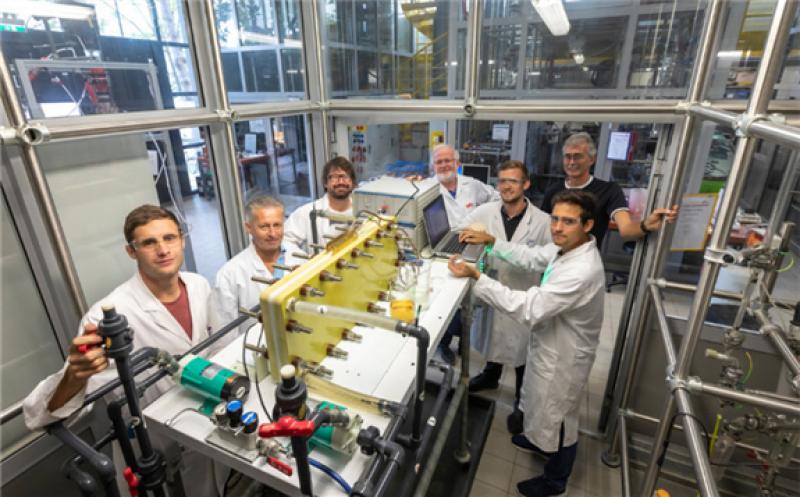Researchers at TU Graz University claimed that they had developed a redox flow battery that utilizes conventional vanillin instead of liquid electrolyte, which could make the battery more environment friendly.

Redox flow batteries are electrochemical energy storage devices that convert chemical energy into electrical energy through reversible oxidation and reduction of working fluids.
The researchers refined the common flavoring substance vanillin into a redox-active material with the help of mild and green chemistry without using harmful and costly metal catalysts. They also stated that the process could be implemented with common household chemicals at room temperature.
Vanillin is available in large quantities in the market. Still, we can utilize a simple reaction to split vanillin off from lignin, which produces in sizeable quantity as waste in paper production, said the researchers.
According to its research report, redox flow batteries can be a vital storage option for renewable energies like wind and solar, as it can store large amounts of energy to cushion voltage peaks in the power grid. Redox flow batteries are also easily scalable and more recyclable compared to lithium-ion batteries.
The researches have plans to commercialize the redox flow technology, which is scalable and suitable for constant production.
“The plan is to hook up our facility to a pulp mill and isolate the vanillin from the lignin that is left over as waste. What is not needed can flow back into the regular cycle and be used energetically as usual. We are in concrete talks with paper-based products manufacturer Mondi AG,” said Stefan Spirk, Researcher at TU Graz.
The researchers began the search for an energy supply company that can incorporate redox flow batteries into its infrastructure to test the technology in actual operation.
“We can keep the value chain around the procurement of raw materials and components up to power generation regional, enable storage capacities of up to 800 MWh, relive the power grid and make an important contribution in the energy transition,” said the researchers.
In May 2020, scientists at the University of Southern California demonstrated a version of the redox flow type battery using low-cost and readily available materials, according to a recent study published in the Journal of the Electrochemical Society.
According to a joint study by the European Patent Office and the International Energy Agency, major consumer electronics players and carmakers are driving research and development in the battery and energy storage arena. The top five patent applicants for battery and energy storage between 2000 and 2018 were Samsung, Panasonic, LG, Toyota, and Bosch.